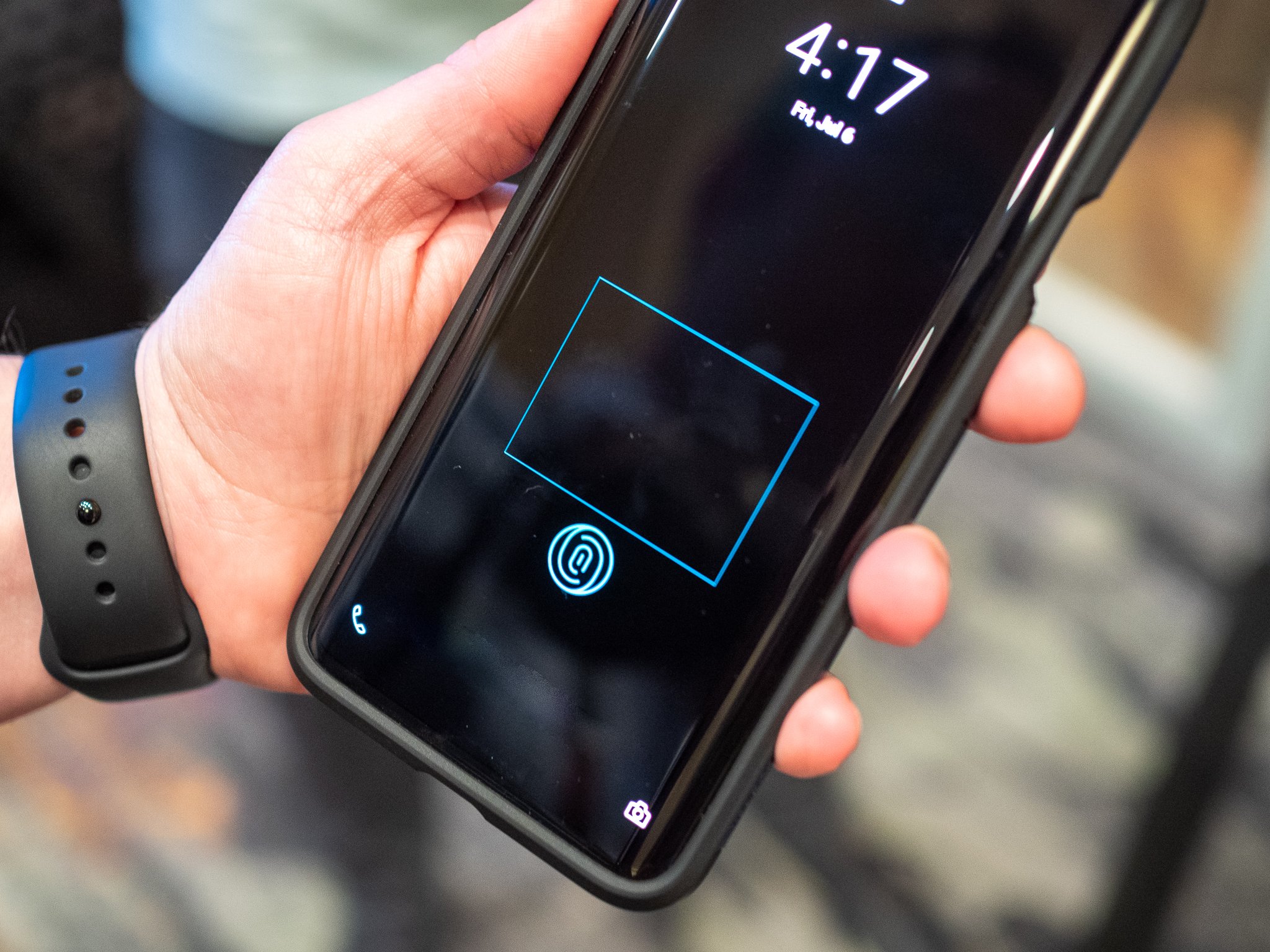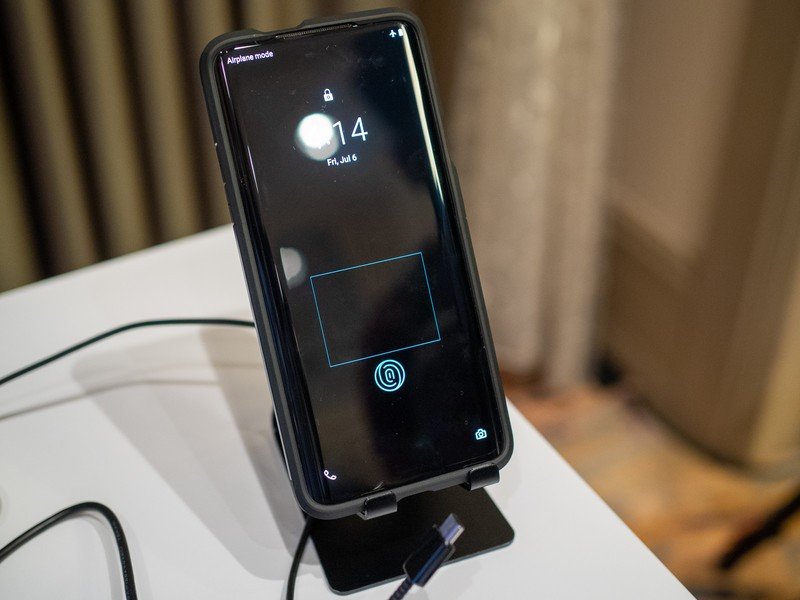Hands-on: Qualcomm's new ultrasonic fingerprint sensor is huge and impressively fast

After struggling with the performance shortcomings of Qualcomm's first ultrasonic fingerprint sensor in the Galaxy S10 and Note 10, I was cautiously optimistic that it made necessary improvements to its second generation sensor. It could make all the claims it wants about speed and consistency, but until I saw it in person I wouldn't be able to give it the benefit of the doubt. The day after the announcement, I had the opportunity to test the sensor at Qualcomm's Snapdragon Summit, and I'm incredibly impressed by its speed and capabilities.
The first impressive part of seeing the 3D Sonic Max sensor in action is its size. I know Qualcomm quoted it as being 17x the size of the original, but didn't really have a sense of how big the original was — the new sensor is the size of a few postage stamps, which is way bigger than anything out there right now. It's large enough that you really don't need to think about where you place your finger — and the sensor doesn't care, it'll recognize the print anywhere in the area.

Qualcomm says the sensor can be placed anywhere the company wants, and it's just 0.15 mm thick so it really doesn't impede on the placement of any other components in the phone. The sensor also supports two-finger authentication, and though it wasn't working for the lock screen in our demo, it was working in a test app. Companies can choose to use this two-finger recogition as a higher level of authentication if they choose. And speaking of heightened security, the sensor can also recognize blood flow and heart rate as another level of authentication that the finger being placed on the sensor is actually a live person's.
The more practical part of the demo that blew me away was the speed. The sensor recognized incredibly quickly, just as fast, or faster, than what I've come to expect from the best fingerprint sensors out there. Surely this is partly due to not needing to perfectly place your finger on a small recognition area, but it's also clearly parsing the authentication much faster too. Improving from its predecessor was a requirement — I didn't expect it to be this fast though.
We were using the new sensor in a prototype device, which means things can change when it comes out in retail devices, but presumably it would only change for the better with a couple more months of tweaking.

The Qualcomm representatives running the demo obviously wouldn't confirm which device was being used for the testing, but it was very obvious that it was a OnePlus 7 Pro with the new sensor replacing its usual optical fingerprint sensor. The size, shape and software of the device were a dead giveaway. That doesn't necessarily mean that the OnePlus 8 (or whatever it may be) will have this new sensor, but it's an interesting little tidbit of information to keep in mind.
That speculation aside, I do fully expect that this sensor will be used in the Galaxy S11 series, however. Considering the partnership that brought the original ultrasonic to Samsung's S10 and Note 10 series, it'd stand to reason it would stick with Qualcomm again — particularly with this vastly improved sensor. Even if Samsung were to use the new sensor only for its size and speed, and not for the extra authentication methods, it would be a huge win.
Be an expert in 5 minutes
Get the latest news from Android Central, your trusted companion in the world of Android
The final component of this is getting to use the sensor in the real world for days and weeks to see if it really holds up. There are a lot more variables out in the wild using a phone compared to a (relatively) controlled demo environment. But after seeing the sensor in action, my view has shifted from cautiously optimistic right to completely excited to use this component.
Andrew was an Executive Editor, U.S. at Android Central between 2012 and 2020.

